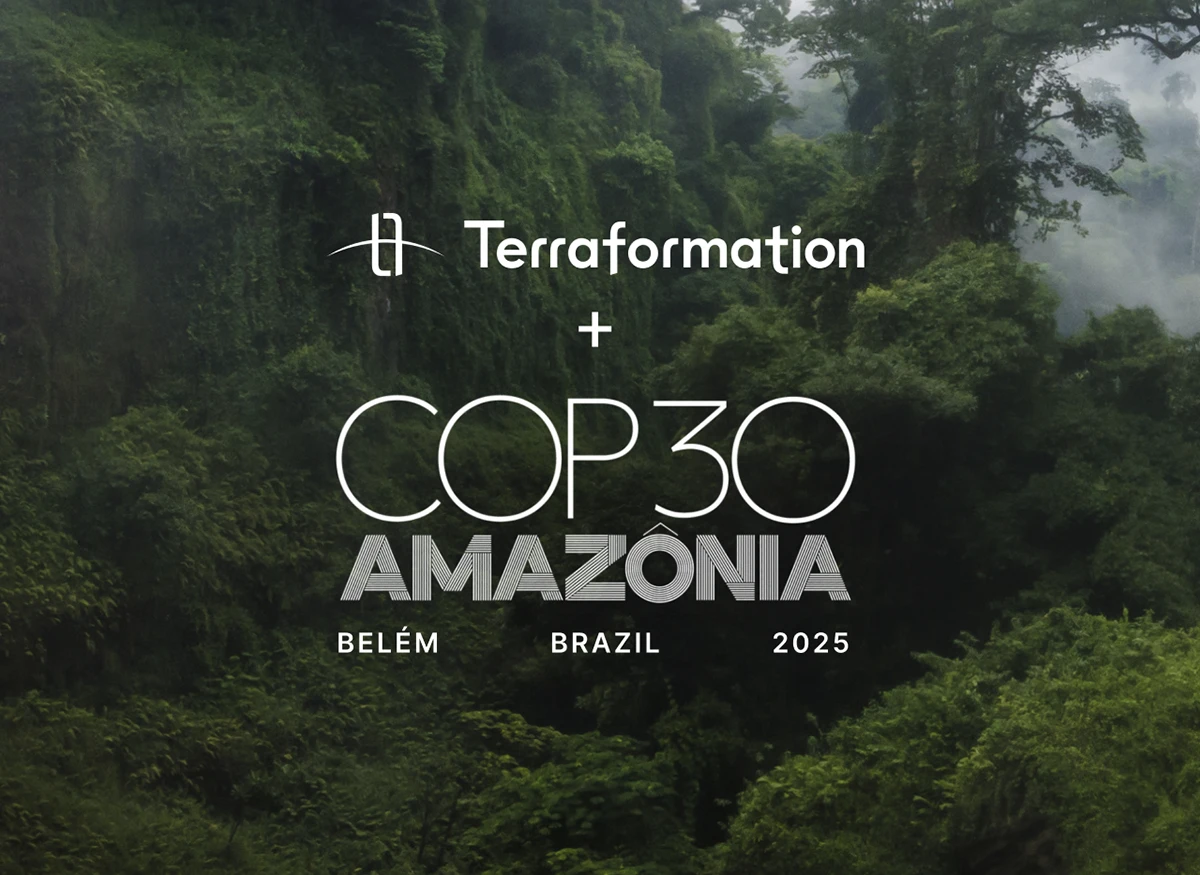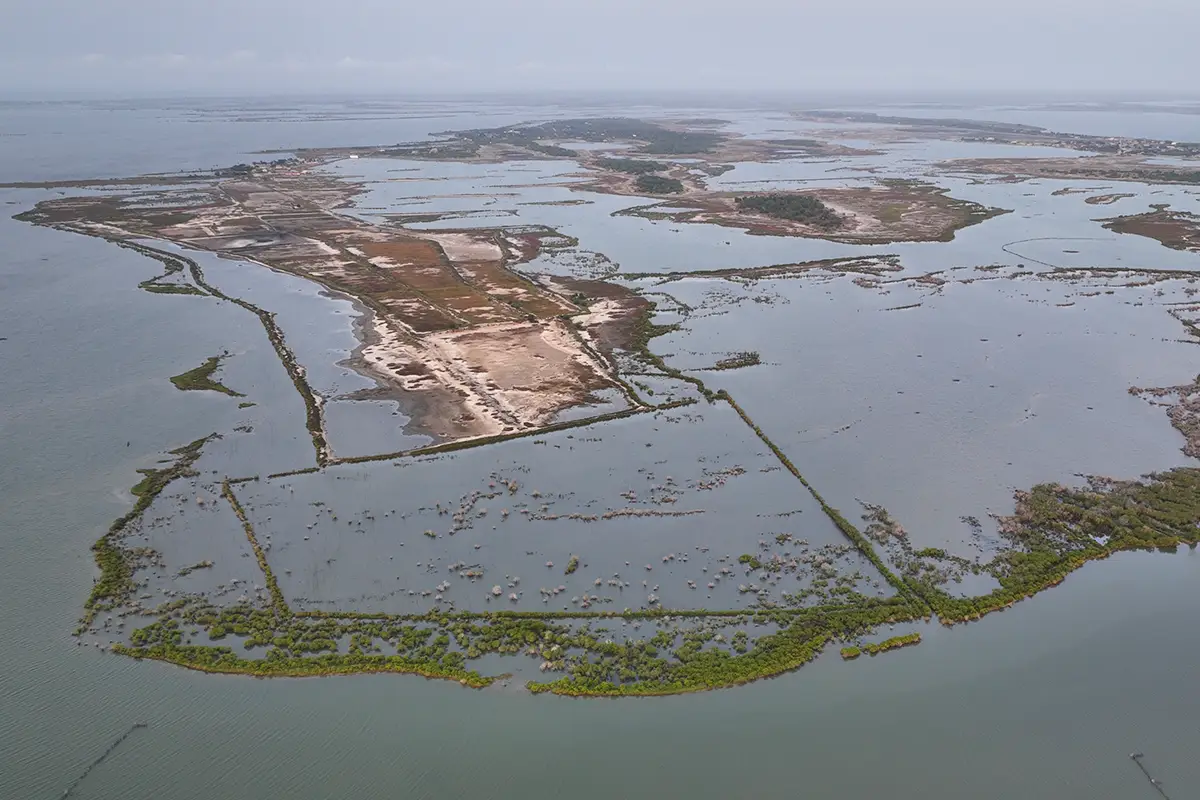My Forest Armenia: Bringing Back Lost Forests in a Biodiversity Hotspot
.webp)
With more than 3,500 plant species, Armenia is considered one of the world’s centers of biodiversity. Animals like the critically endangered Caucasian leopard once roamed wild through its forests and highlands — but the country now hovers at the edge of desertification. Armenia’s ecosystems have been wiped out by unsustainable agriculture, industrial development — and decades of armed conflict.
“Wherever there is war, forests suffer,” explains Andre Gumuchdjian, founder of My Forest Armenia. Andre, who is Belgian-Armenian, has dedicated his life to improving the country’s ecosystems. He describes speaking to Armenian elders and hearing stories of retreating armies setting fire to forests in the 19th century. Persistent conflict has led to reports of catastrophic forest loss as recently as 2020.
Meanwhile, unchecked grazing and wildfire have continued to eat away at remaining trees. With his team, Andre has set out to repair this — My Forest Armenia eventually aims to restore 5,000 hectares of biodiverse forest across the country, with a focus on the Lori region, where deforestation is most acute.
The region lost more than 1,000 hectares of tree cover between 2001 and 2018 — an area about the size of 2,500 American football fields. Terraformation has provided financial support to help accelerate this effort.

Planting native trees in the Lori region
My Forest Armenia is currently working to restore 150 hectares in the Jrashen community within the Lori region. The team focuses on planting species that will survive at higher elevations, like Caucasian oak, wild pear, and common pine. Pine is particularly important, according to Andre, because it serves as a pioneer species — a hardy plant that can help establish a thriving forest.
With Terraformation’s help, the team planted 180,000 trees in the region in 2022. The organization plans to expand this number as they acquire access to more land.

Creating jobs for local communities
One of the benefits of forest restoration work is that it creates sustainable jobs for local people. In the Lori region in 2022, My Forest Armenia employed 140 people in planting — 40% of whom were women. The organization employs people not just in planting, but for maintenance that will help ensure that the trees survive.
During the fall of 2021 and spring of 2022, workers individually mulched 425,835 newly planted trees. By placing straw and organic material around the seedlings, the team helps them retain water and protects them from weeds and extreme weather.
Fighting climate change and protecting wildlife
One of the biggest priorities for My Forest Armenia — and the driving reason why Andre started the organization — is to address climate change. “I started this because I was concerned about my own carbon footprint,” he explains. “I want to succeed and make sure trees thrive and end up becoming a forest.”
This is one reason the organization focuses on planting a variety of native trees. Biodiverse native forests can sequester considerably more CO2 than single-species tree plantations. My Forest Armenia also coordinates with environmental groups like the World Wildlife Fund, which is working to establish wildlife corridors that will help migrating animals like the Caucasian leopard.
.webp)
A legacy for future generations
For Andre, the goal of My Forest Armenia is to leave a legacy. As he works to establish seedlings, he is always thinking about the future — not just the coming planting season, but the next generation and the one after.
“Reforestation is not measured in the span of a human life,” he says. “A forest represents thousands of years of existence. It connects you to all other human beings, now and in the future.”
















